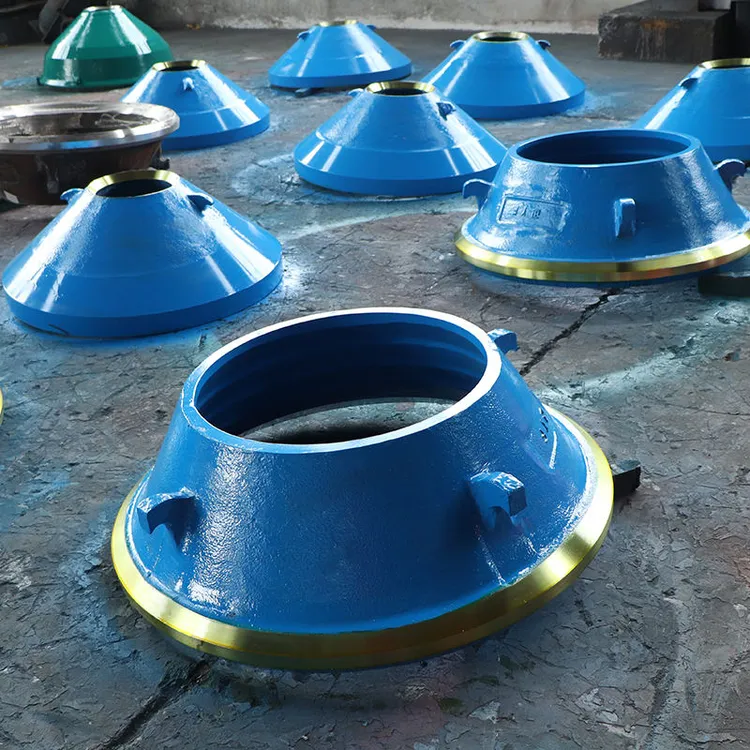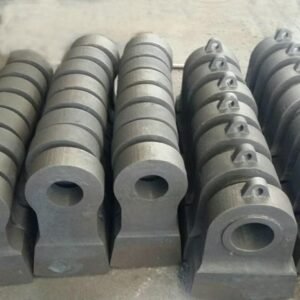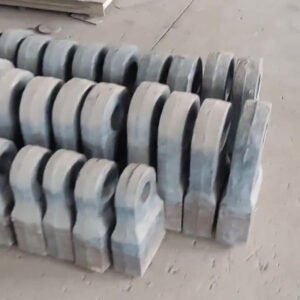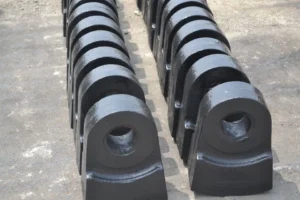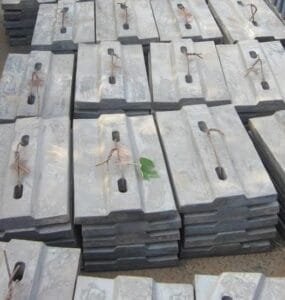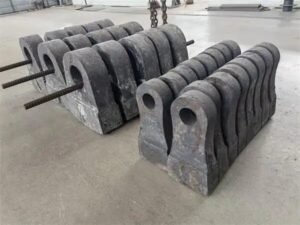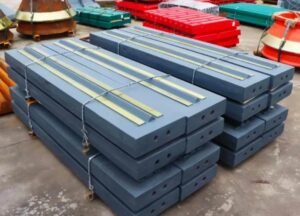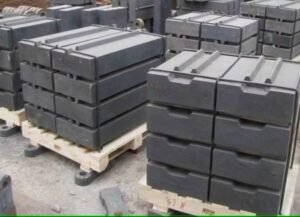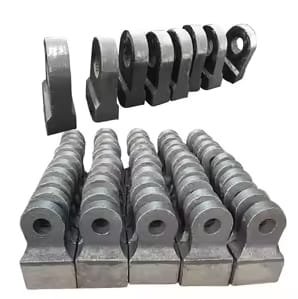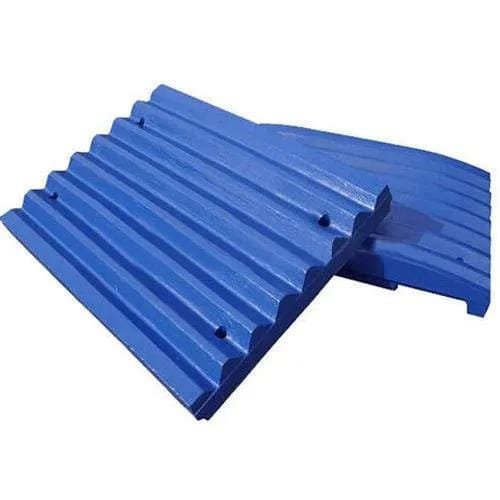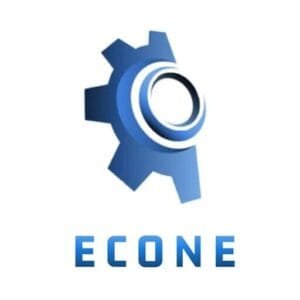Introduction
In the mining and aggregates industries, cone crushers are indispensable machines for crushing hard materials like granite, basalt, and iron ore. However, maintaining these machines can be costly—especially when it comes to wear parts, which include mantles, concaves, feed cones, and torch rings. These parts endure extreme pressure, friction, and impact during operation, making regular replacement inevitable.
For plant managers, engineers, and purchasing managers, the challenge lies in finding high-quality yet cost-effective cone crusher wear parts that don’t compromise on performance or service life. In this guide, we’ll explore how to buy cheap cone crusher wear parts while ensuring your equipment maintains optimal efficiency and durability.

1. Understanding Cone Crusher Wear Parts
Before diving into buying strategies, it’s essential to understand what cone crusher wear parts are and how they function.
1.1 Main Wear Parts of a Cone Crusher
Mantle – The moving part that gyrates inside the concave to crush materials.
Concave (Bowl Liner) – The stationary surface that works together with the mantle to crush rock through compressive force.
Feed Cone / Distributor Plate – Guides material into the crushing chamber to ensure even feeding.
Torch Ring – Supports and locks the mantle in position.
Backing Compound – Fills gaps between the mantle and cone head for better fit and vibration absorption.
Each of these parts wears at a different rate depending on material hardness, feed size, and crushing chamber design.
1.2 Why Wear Parts Are So Expensive
Cone crusher wear parts are typically made of manganese steel, an alloy known for its ability to work harden under impact. The high manganese content (Mn13, Mn18, Mn22) makes it both tough and ductile, but also expensive to manufacture due to complex casting and heat treatment processes.
Transportation and machining also add cost—especially for large crushers like HP500, CH660, or Symons 7ft models, where single liners can weigh several tons.
2. The Real Meaning of “Cheap”
When talking about “cheap” cone crusher wear parts, we don’t mean the lowest possible price, but rather the best cost-performance ratio.
A truly cheap wear part is one that:
Costs less per ton of material crushed, not per piece.
Offers longer wear life relative to price.
Maintains consistent crushing performance and particle shape.
Has short delivery times and reliable quality control.
Buying cheap but low-quality parts may save a few hundred dollars upfront but will cost thousands later in downtime, poor product quality, and maintenance labor.
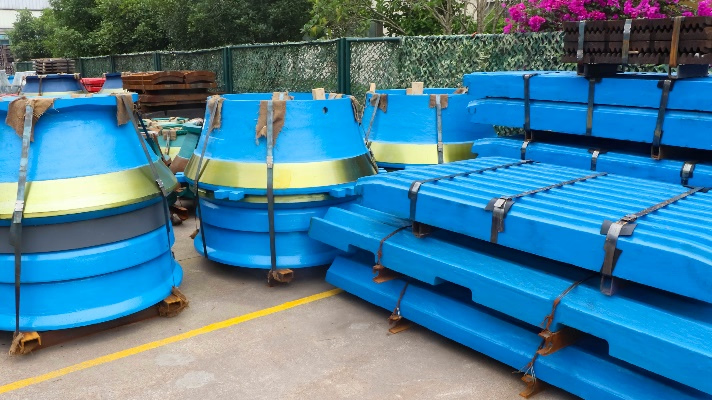
3. Factors Affecting Wear Part Costs
Understanding what drives costs helps you find genuine savings.
3.1 Material Composition
The alloy used significantly influences price and performance.
| Material | Mn Content | Characteristics | Cost Level |
|---|---|---|---|
| Mn13Cr2 | 13% | Good ductility, used for soft to medium materials | Low |
| Mn18Cr2 | 18% | Most common; good balance of toughness and wear resistance | Medium |
| Mn22Cr2 | 22% | Suitable for hard rock and abrasive materials | High |
| TIC Inserted | Manganese + Titanium Carbide inserts | 2–3x longer life but higher cost | Very High |
Choosing the right material for your rock type is the key to buying economically. For example, using Mn22Cr2 for limestone is wasteful, while Mn13Cr2 may wear out too fast on basalt.
3.2 Casting Quality
Poor casting can cause cracks, porosity, or inconsistent hardness—all leading to premature failure. Low-end foundries may skip vacuum degassing, heat treatment, or QC inspection to cut costs. Always request:
Chemical composition reports
Hardness test results
Dimensional inspection certificates
3.3 Machining and Fit Accuracy
Even if the metal is perfect, poor machining can cause misalignment, resulting in uneven wear and vibration. Precision-machined surfaces and correct fit tolerance ensure your cone crusher performs efficiently.
3.4 Order Quantity and Shipping Method
Buying in bulk significantly reduces unit cost. Freight optimization—like using sea freight and consolidated shipping—further lowers expenses, especially when importing from China, where many reliable wear part manufacturers are located.
4. How to Buy Cheap Cone Crusher Wear Parts Step by Step
Step 1: Identify the Right Part Number
Before sourcing, confirm the part number or drawing of the component you need. You can find this in your crusher’s manual or by contacting the OEM. Supplying the correct model (e.g., Metso HP300, Sandvik CH430, Symons 4¼ft) ensures compatibility and saves time.
Step 2: Compare OEM vs. Aftermarket Suppliers
OEM parts (original equipment manufacturer) ensure perfect fit and quality but are expensive.
Aftermarket suppliers, on the other hand, often offer identical or better performance at 30–70% lower prices.
Look for ISO-certified Chinese or Indian foundries that export to Europe or North America—these companies often have modern facilities and strong quality control.
Step 3: Request Material and Quality Certifications
Ask the supplier for:
Material composition certificate (COA)
Heat treatment record
Hardness test report
Visual inspection photos
This ensures the part you receive meets your specifications.
Step 4: Ask for Trial Orders
Start with a small test batch before placing bulk orders. Run the liners for a full wear cycle and measure performance in terms of:
Hours of service life
Tons per liner
Crushing efficiency and particle size distribution
If results are consistent, proceed with larger quantities to leverage lower unit pricing.
5. Where to Buy Cheap Cone Crusher Wear Parts
5.1 China — The Global Manufacturing Hub
China dominates the global wear parts supply chain, with hundreds of foundries producing mantles, concaves, and bowl liners for all major brands like Metso, Sandvik, Terex, and Symons.
Key advantages include:
Competitive pricing (often 40–60% cheaper than OEM)
Flexible order quantities
Mature casting and machining technologies
Availability of high-performance alloys (Mn18Cr2, TIC inserts)
Top regions for foundries:
Zhejiang (e.g., Ningbo, Wuyi) — Focused on high-precision crusher parts.
Henan and Shanxi — Known for bulk manganese steel production.
Shandong — Offers large-scale foundries with advanced testing facilities.
5.2 India — Emerging Quality Suppliers
India has been improving rapidly in wear parts manufacturing, offering good prices and stable quality for mid-range crushers.
5.3 Europe & USA — High Cost but Reliable
Local suppliers are ideal for emergency replacements due to short delivery times but usually cost 2–3 times more than Asian suppliers.
6. Tips to Reduce Total Cost Without Sacrificing Quality
6.1 Optimize Chamber Design
Work with your supplier to adjust the profile design (standard, medium, coarse) to improve wear distribution and extend life.
6.2 Monitor Feed Size and Material Flow
Oversized feed or uneven material distribution accelerates wear. Using a vibrating feeder and proper choke feed helps reduce part replacement frequency.
6.3 Rotate Liners
Flipping or rotating mantles and concaves at the right time ensures even wear and maximum usage.
6.4 Establish Long-Term Supplier Relationships
Once a supplier proves reliable, negotiate annual contracts to lock in better prices and delivery schedules.
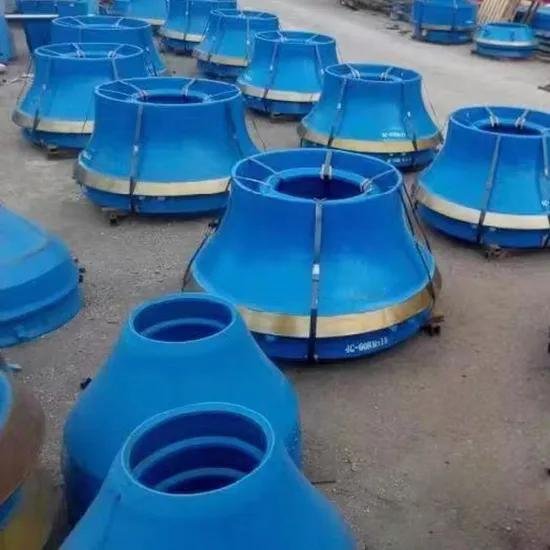
7. Evaluating Supplier Reliability and Quality
Finding a low-cost supplier is easy—but finding one that provides consistent quality and service is the real challenge. When sourcing cone crusher wear parts, your goal should be long-term cooperation, not one-time savings.
7.1 Verify Factory Capabilities
Before placing bulk orders, evaluate the supplier’s manufacturing facilities. Reliable suppliers typically have:
Advanced casting workshops (with induction furnaces, sand molding, and heat treatment lines)
Spectral analysis labs for verifying material composition
CNC machining centers for precise dimensional control
Hardness and metallographic testing equipment
3D scanning to ensure fitment accuracy
You can request a video factory tour or ask for ISO 9001 or ISO 14001 certifications as proof of quality management.
7.2 Ask About Their Export Experience
Suppliers with rich export experience to countries like the USA, Canada, Australia, and Europe generally maintain higher quality standards. They understand packaging, documentation, and material compliance (e.g., CE, RoHS, or REACH).
Questions to ask:
Which countries have you exported to?
Can you provide references from existing clients?
What’s your average delivery time for custom orders?
7.3 Check Their Testing Standards
A reputable supplier performs multiple quality checks:
Chemical analysis (before pouring)
Ultrasonic flaw detection (for internal cracks)
Hardness testing (HB, HRC)
Dimensional inspection with 3D coordinate measurement
Ask for inspection photos and reports for transparency.
8. Cost Breakdown and Saving Opportunities
To buy cheap cone crusher wear parts wisely, you need to know where your money goes.
8.1 Typical Cost Composition
| Cost Item | Approx. Share | Description |
|---|---|---|
| Raw material (manganese steel) | 40–50% | Affected by alloy grade and global Mn price |
| Casting and heat treatment | 20–30% | Quality processes directly impact wear life |
| Machining and finishing | 10–15% | CNC precision adds cost but ensures fit |
| Packaging and logistics | 10–20% | Depends on distance, weight, and freight mode |
| Profit margin | 5–10% | Varies by supplier and region |
By understanding this structure, you can negotiate effectively—especially if you’re buying in bulk or providing long-term commitments.
8.2 How to Negotiate
Here are some proven negotiation tactics:
Bundle different wear parts (mantle, concave, torch ring) to increase order volume.
Offer a stable annual purchase plan—suppliers often give discounts of 10–15%.
Pay by T/T with partial deposit to balance risk and trust.
Request FOB or CIF quotes to compare total landed costs.
9. Calculating Landed Cost When Importing
If you are importing cone crusher wear parts (for example, from China), the landed cost is what truly matters—not just the product price.
9.1 Landed Cost Formula
Landed Cost = Product Price + Freight + Customs Duty + VAT + Handling Fees
Example:
Product price: $2,000 per set
Sea freight: $200
Customs duty: 5%
VAT: 10%
Local port fees: $50
Total landed cost = $2,000 + $200 + $100 + $200 + $50 = $2,550
If the same part from a local supplier costs $3,800, you’ve already saved 30% without compromising quality.
9.2 Tips to Save Import Costs
Consolidate multiple items in one shipment to share freight costs.
Use your own freight forwarder—they often offer better rates than suppliers.
Choose sea freight over air, unless it’s an emergency replacement.
Optimize packaging (e.g., wooden pallets instead of boxes) to reduce volume.
10. Advanced Strategies to Extend Wear Part Life
Buying cheap wear parts is only half of the equation—extending their lifespan is equally crucial for maximizing savings.
10.1 Apply the Right Material for Each Application
Each rock type requires a matching wear material:
| Application | Recommended Material | Reason |
|---|---|---|
| Limestone, dolomite | Mn13Cr2 | Softer rock → need ductility |
| Granite, basalt | Mn18Cr2 | Balanced strength and toughness |
| Iron ore, quartzite | Mn22Cr2 or TIC | Extremely hard and abrasive |
| Recycling / secondary crushing | TIC or martensitic inserts | High impact and abrasion |
10.2 Optimize Feeding Conditions
Irregular feeding is a common cause of uneven wear. To minimize this:
Keep a choke-fed chamber (material filled 70–80%)
Avoid segregation—use a vibrating feeder or distributor plate
Maintain consistent feed size; avoid oversized boulders
10.3 Monitor and Rotate Wear Parts
Install wear sensors or perform regular inspections. Rotating or reversing mantles before they are completely worn helps achieve even wear and full usage.
10.4 Use Backing Compounds Correctly
Apply epoxy or zinc-based backing compounds evenly to eliminate vibration gaps. This prevents cracking and improves mantle support.
11. Common Mistakes to Avoid
Buying only by price: Lowest-cost parts often lack heat treatment or proper metallurgy.
Ignoring compatibility: Not all “fit-for” parts match your crusher model perfectly—check dimensions carefully.
Skipping testing: Never order in bulk without a successful test run.
Poor shipping protection: Inadequate packaging can cause cracks during transit—always request strong wooden crates.
Lack of documentation: Customs clearance delays often happen due to missing invoices or certificates.
12. Case Study: Saving Costs Without Compromising Quality
Example:
A quarry in Australia operating a Metso HP400 cone crusher switched from OEM liners ($4,200/set) to aftermarket liners from a certified Chinese foundry ($2,200/set).
Results after testing 3 sets:
Average liner life increased by 10% due to improved alloy mix (Mn18Cr2 + CrMo).
Total cost per ton crushed decreased by 37%.
Crusher output and particle shape remained consistent.
This demonstrates that “cheap” can also mean “better value” if sourced intelligently.
13. Building a Long-Term Partnership
Once you’ve identified a trustworthy supplier, treat the relationship as a partnership, not a transaction.
13.1 Share Performance Feedback
Provide data such as tonnage processed and wear rates to help your supplier improve future batches.
13.2 Cooperate on Customization
Suppliers can tailor designs—like thicker wear zones, extended chamber profiles, or TIC inserts—to fit your exact needs.
13.3 Negotiate Loyalty Discounts
After consistent orders, ask for a 5–10% long-term partner discount, or request additional services like free samples or priority production slots.
14. Final Recommendations
Buying cheap cone crusher wear parts successfully requires knowledge, patience, and cooperation. To summarize:
Understand your crusher and material characteristics before ordering.
Source from certified aftermarket manufacturers—preferably from China or India for best value.
Verify chemical composition and machining quality using reports and samples.
Start with small trial orders, then scale up after confirming performance.
Optimize crusher operation to maximize part lifespan and efficiency.
Develop long-term partnerships to ensure stable supply and better pricing.
By following these steps, you’ll achieve the perfect balance between cost, performance, and reliability—keeping your cone crusher running efficiently and profitably.
